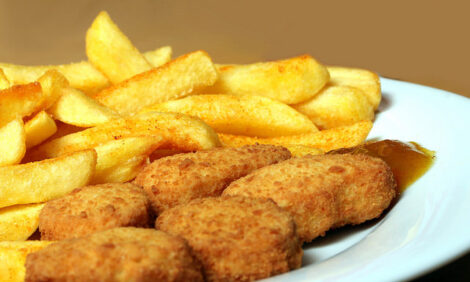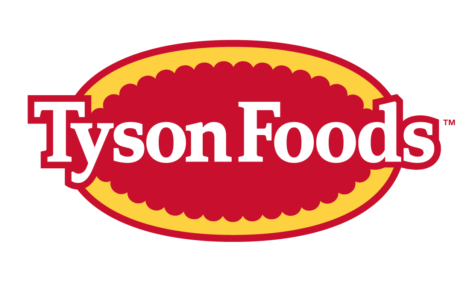



Pathogen Decontamination Treatments of Chicken Meat Compared
SPAIN - The most effective chemical treatment of chicken depended on the foodborne pathogen examined and the degree of severity of the disruption of the cold-chain in a new study from Leon.Researchers at the University of Léon compared the effectiveness of several chemical decontamination treatments against Gram-negative bacteria on poultry meat during storage under different simulated cold-chain disruption.
They found that trisodium phosphate was the most effective compound at mild cold-chain disruptions and, for more severe disruptions, acidified sodium chlorite showed a marked effect.
Their findings extend current knowledge about these chemical decontaminants, and may help the Regulatory Authorities in their decisions about the poultry decontamination authorisation process within the European Union.
In a paper to be published in Food Control later this year, Alicia Alonso-Hernando and colleagues describe how they compared the effectiveness of five chemical compounds – 12 per cent trisodium phosphate (TSP), 1,200ppm acidified sodium chlorite (ASC), two per cent citric acid (CA), 220ppm peroxyacids (PA) and 50ppm chlorine dioxide (CD).
The chemicals were tested against against four type of Gram-negative bacteria - Salmonella enterica serotype Enteritidis, Yersinia enterocolitica, Escherichia coli and Pseudomonas fluorescens. Each one had been artificially inoculated on skinless chicken legs.
Samples were stored for 120 hours under three different simulated cold chain disruptions:
- T1 - 12 hours at 1±1°C, followed by six hours at 15±1 °C and then 102 hours at 4±1°C
- T2 - 18 hours at 1±1°C, six hours at 15±1°C and 96 hours at 10±1°C, or
- T3 - 18 hours at 4±1°C, six hours at 20±1°C and 96 hours at 7±1°C.
Microbiological analyses and pH determinations were carried out at 0, 24, 72 and 120 hours of storage.
TSP, ASC and CA significantly (P<0.05) reduced microbial populations, relative to control (untreated) samples.
TSP and ASC caused higher (P<0.05) reductions of S. enterica than CA under moderate temperature abuse conditions (T2 and T3).
TSP and ASC (T2) or TSP and CA (T1 and T3) were the most effective compounds against E. coli.
TSP and ASC showed the highest antimicrobial effect (P<0.05) at mild temperature abuse conditions (T1) for Y. enterocolitica, while ASC was the most active compound against this pathogen under T2 and T3 conditions.
TSP caused the largest average reductions of P. fluorescens at T1.
PA and CD resulted in minimal microbial reductions under all of the conditions tested, added Alonso-Hernando and co-authors.
Reference
Alonso-Hernando A., C. Alonso-Calleja and R. Capita. 2013. Effectiveness of several chemical decontamination treatments against Gram-negative bacteria on poultry during storage under different simulated cold chain disruptions. Food Control. 34:574–580. http://dx.doi.org/10.1016/j.foodcont.2013.05.020








